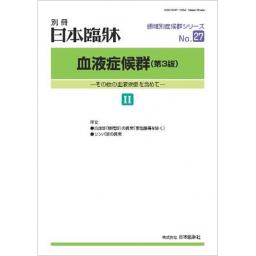2) 中尾喜久, 三好和夫 : 類白血病性反応に就て-臨牀方面-. 日本血液学会雑誌 14 (補冊) : 290-309, 1951.
3) Halkes CJ, Dijstelbloem HM, Eelkman Rooda SJ, et al : Extreme leucocytosis : not always leukaemia. Neth J Med 65 : 248-251, 2007.
4) Sakka V, Tsiodras S, Giamarellos-Bourboulis EJ, et al : An update on the etiology and diagnostic evaluation of a leukemoid reaction. Eur J Intern Med 17 : 394-398, 2006.
5) Roberts AW : G-CSF : a key regulator of neutrophil production, but that's not all! Growth Factors 23 : 33-41, 2005.
6) Nimieri HS, Makoni SN, Madziwa FH, et al : Leukemoid reaction response to chemotherapy and radiotherapy in a patient with cervical carcinoma. Ann Hematol 82 : 316-317, 2003.
7) Abukhiran IA, Jasser J, Syrbu S : Paraneoplastic leukemoid reactions induced by cytokinesecreting tumours. J Clin Pathol 73 : 310-313, 2020.
8) Gabrilovich DI, Bronte V, Chen SH, et al : The terminology issue for myeloid-derived suppressor cells. Cancer Res 67 : 425 ; author reply 426, 2007.
9) Gabrilovich DI, Nagaraj S : Myeloid-derived suppressor cells as regulators of the immune system. Nat Rev Immunol 9 : 162-174, 2009.
10) Potasman I, Grupper M : Leukemoid Reaction : Spectrum and Prognosis of 173 Adult Patients. Clin Infect Dis 57 : e177-181, 2013.
